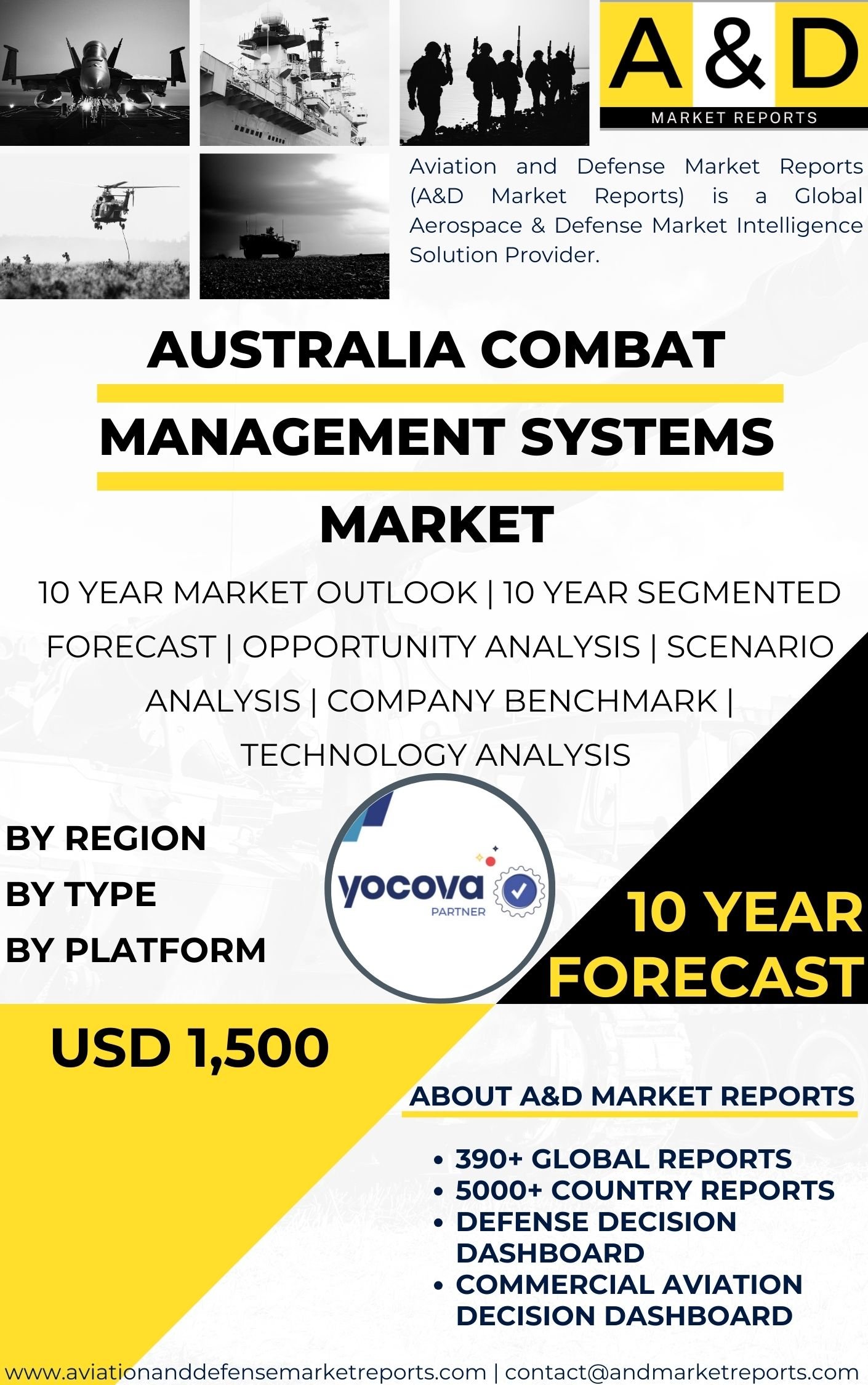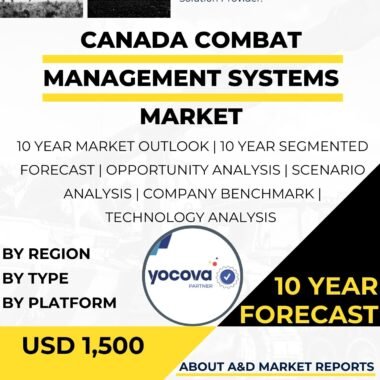Description
Australia Combat Management Systems Market Overview
The Australia Combat Management Systems Market is a key part of the country’s defense modernization efforts. Combat management systems (CMS) combine software, hardware, sensors, weapons, and communication tools. They give the Australian Defense Force (ADF) real-time situational awareness and improve command-and-control across naval, air, and joint operations.
Australia’s vast maritime zones and growing Indo-Pacific security challenges make advanced CMS essential for maintaining deterrence and operational readiness.
Key Drivers of the Australia Combat Management Systems Market
1. Focus on Interoperability and Network-Centric Warfare
The ADF aims to create a unified, network-enabled force. CMS supports this by providing a shared operating picture across ships, submarines, aircraft, and command centers.
This improves coordination, speeds up decision-making, and enhances mission success.
2. Strengthening Domestic Defense Capabilities
Australia encourages local CMS development. Collaboration between government agencies, defense firms, and research institutions is increasing.
These partnerships help build custom CMS solutions that match Australia’s unique operational needs, create jobs, and support defense exports.
3. Geographic Importance and Maritime Security
Australia’s large maritime borders make CMS vital for naval surveillance, patrol missions, and protection of sea lanes.
Integrated air–sea–land CMS networks help the ADF respond quickly to emerging threats.
Applications in the Australia Combat Management Systems Market
1. Naval Platforms
CMS acts as the command center onboard naval vessels.
It integrates sensors, weapons, and communication systems to monitor and counter surface, subsurface, and aerial threats.
2. Submarines
In submarines, CMS supports sensor fusion, threat detection, and torpedo control.
It ensures high situational awareness even during submerged operations.
3. Military Aircraft
CMS enhances aircraft by integrating sensors, weapons, and avionics.
Pilots can track targets, manage sensors, and execute missions efficiently in fast-changing environments.
4. Joint Command and Shore-Based Facilities
CMS also supports multi-domain command centers.
It allows air, sea, and land units to operate together through synchronized mission planning and execution.
Challenges in the Australia Combat Management Systems Market
1. Need for Continuous R&D
CMS technology evolves quickly.
Australia must maintain strong investment in innovation to counter emerging threats and keep pace with adversaries.
2. Budget and Resource Allocation
Defense budgets must balance CMS upgrades with other operational needs.
Strategic planning is required to prioritize CMS modernization effectively.
3. Cybersecurity Risks
CMS networks carry sensitive data.
Strong cybersecurity measures are essential to prevent intrusions and protect mission-critical information.
Technological Advancements in the Australia Combat Management Systems Market
Advances in AI, data fusion, automation, and secure communications are reshaping CMS capabilities.
Future systems are expected to offer improved threat detection, faster processing, and better integration with unmanned platforms.
Future Outlook
The Australia Combat Management Systems Market is set for continued growth. The ADF’s push for modernization, combined with the need for stronger joint operations and advanced maritime defense, will drive demand.
Investment in R&D, industry partnerships, and cybersecurity will further accelerate CMS innovation.
Conclusion
The Australia Combat Management Systems Market is a vital component of the nation’s defense strategy. CMS enhances the ADF’s ability to protect its air, sea, and land domains.
With strong modernization efforts, local industry collaboration, and a focus on advanced technologies, Australia is well-positioned to strengthen its defense capabilities for future challenges.




